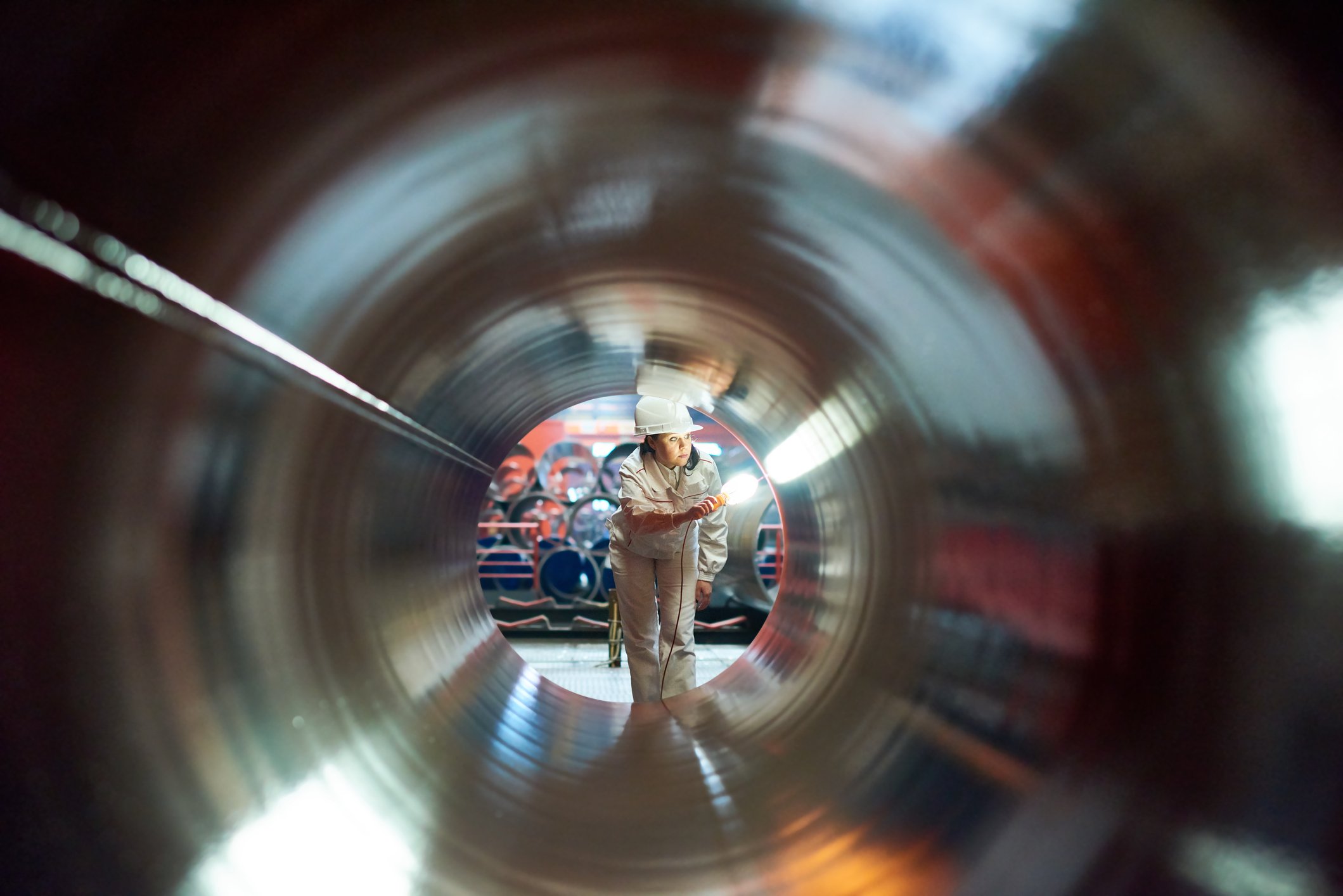The energy production boom in the U.S. has many midstream and downstream companies salivating at the potential of moving and using our oil and gas. The Gulf Coast in particular is expected to benefit from a massive influx of capital expenditures. Petrochemical companies are investing heavily to build facilities capable of turning natural gas liquids, or NGLs, into the building blocks used to create products ranging from plastics to detergents and footwear.
The key to making those investments pay off is access to low-cost feedstocks. This is where midstream companies like Boardwalk Pipeline Partners (BWP +0.00%) are stepping up to the plate to provide a solution. Boardwalk, along with its newly minted, joint-venture partner Williams Companies (WMB +2.09%), is working on a project aimed at moving NGLs from the Marcellus and Utica to the Gulf Coast.
The joint venture will consist of the Bluegrass Pipeline from the Appalachian Basin down to Louisiana, as well as processing and storage facilities with the potential for liquefied petroleum gas export capacity. One of the key aspects of the project is that it's repurposing some of Boardwalk's Texas Gas system from natural gas into one suited to handle NGLs. This will allow the partners to not only save some money but also complete the project sooner, as evidenced by the targeted in-service date of late 2015.
This is a pretty timely venture for Boardwalk, which has underwhelmed lately. The company has underperformed the S&P 500 by a wide margin over the past year. Some of that could stem from the fact that its distribution has been stuck in neutral for the past five quarters after a long run of consistent quarterly raises. The deal with Williams enables the company to leverage its assets in the Gulf Coast while repurposing a portion of its Texas Gas system without affecting its existing natural gas customers. That will help Boardwalk to generate more fee-based income, which will provide greater stability for the distribution, as well as the potential to eventually grow those payments.
In one sense Boardwalk and Williams are taking a page out of Enterprise Products Partners' (EPD +0.78%) playbook. The company has a history of repurposing underutilized assets, including several hundred miles of pipeline to get its own Gulf Coast NGL pipeline project completed. The ATEX Express is the first mover when it comes to taking Marcellus and Utica NGL production to the Gulf Coast, and it should be in service early next year.
There should be plenty of demand for both systems as producers in the region are targeting growing the wet-gas portions of the play. As you can see from the following chart there is a severe lack of NGL takeaway capacity in the region, which opens up opportunities for companies like Williams and Boardwalk:

Source: Williams Investor Presentation (link opens a PDF)
Because of all the supply that's coming on line, petrochemical companies in the Gulf are spending heavily in anticipation of increased access to these cheap NGLs. Dow Chemical (DOW +0.00%), for example, has announced its intentions to build a number of facilities in the Gulf with plans spend more than $4 billion on these expansion projects. The company is specifically sourcing feedstock from the Marcellus Shale to fuel these projects.
Dow isn't the only petrochemical company investing heavily in the Gulf. Chevron (CVX +0.06%) has made similar news with plans for its 50%-owned, chemical joint venture, CP Chem, to spend about $5 billion for an ethane cracker and two polyethylene units. While chemicals are just a small portion of its overall revenue, this still represents a large project for the company.
For Dow and Chevron these projects are about driving margin expansion and growth as both companies are aiming to take advantage of North American shale gas production. The access to that advantaged feedstock gives both companies a leg up on competitors across the globe because the price of natural gas in the U.S. is so much less than it is overseas. Pipelines help to keep the cost of these NGLs down as the other transportation options, such as trucks and trains, are much more expensive.
That's where Boardwalk and Williams are playing a key role. Through this venture the two are linking two liquids-rich-resource plays to the expanding petrochemical industry in the Gulf. In so doing it will benefit both producers and the petrochemical end users while the two "middlemen" also stand to profit. Overall, this venture is a good move for Boardwalk as it works to win back investors by securing growth-oriented projects so that it can restart its distribution growth.








